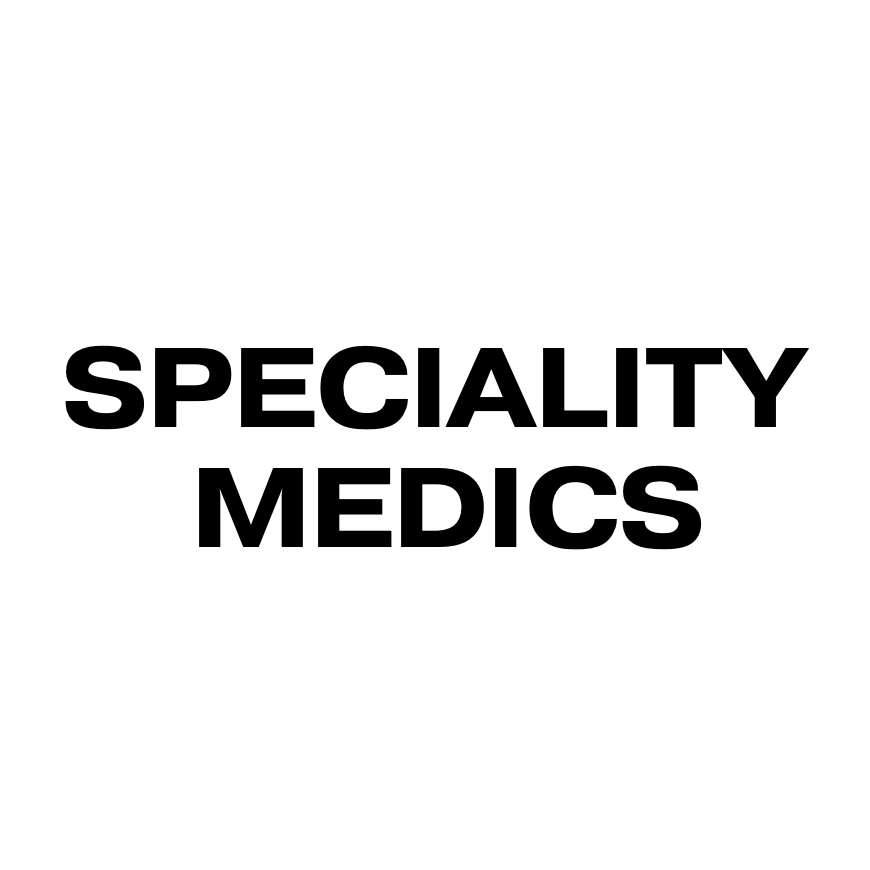Free Guide to the Core Surgical Training Portfolio & Application Process
Core Surgical Training Portfolio: Overview and General Tips
An introduction into the core surgical training (CST) portfolio and some general advice on the evidence you should be collecting.

The portfolio is hugely important to your application. It is the aspect of your application which you have the most control over, and you can guarantee a certain score which will maximise the chances of getting the job with your desired theme and location. The difference between final scores is so tight, and a single portfolio point can boost your final rank by many places.
From the 2023 round of recruitment the MSRA has replaced the portfolio as the means by which candidates are shortlisted for interview. Nevertheless, your verified portfolio score will still account for 30% of your overall mark.
The portfolio can be daunting and it is deliberately designed to be challenging to ensure only those who have committed themselves to the speciality are selected for.
The good news is that the requirements are very clearly set out for you annually. The bad news is that this document is only released when applications open and frequently has last minute small changes which can affect your score. You should be aware of domains which have previously been included in the portfolio assessment, as it is not uncommon for these domains to be reintroduced following their removal, and you may wish to ensure you have evidence in these categories just in case.
The core principles of the portfolio assessment will remain the same.
General Tips for Evidencing your Portfolio
The verification of your evidence is notoriously very strict. We encourage you to ensure that the evidence you submit is watertight.
For certain domains, such as conference attendance, you will get certificates which can be uploaded. For domains such as audit where there is less clear-cut evidence, we suggest that you obtain a signed letter from your supervising consultant.
We suggest that you draft this letter yourself and take it to the consultant to sign, or you could go via their secretary. When drafting the letter make sure that you use THE EXACT terminology that is used in the portfolio self-assessment.
We also suggest you put in bold one line at the top exactly what the letter is evidencing. Try to be organised and get these letters when you complete the project/activity, to save yourself chasing them months to years later.
The consultants who are reviewing your evidence only get a short period to review your evidence, and they could have already reviewed dozens by the time they see yours. If you prioritise making their life easy for them, they may be more inclined to give you the benefit of the doubt if you have any borderline evidence.
A specific achievement can only be used to score points in one domain only.
Hence ensure that the achievement used is applied to the domain where the highest points can be awarded.
How to Maximise your Points in the Core Surgical Training Portfolio
Curating your core surgical training portfolio will take a huge amount of time, effort, and probably money. Don't leave anything to chance, and make sure you get the highest number of points you possibly can. Read our full guide:

